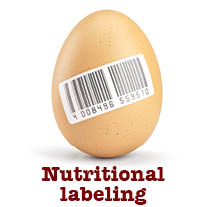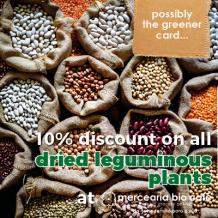Nutritional labeling and food selection

It makes sense to say that a nutritional label is the identity card of a food item, since it aims to inform about the characteristics of that particular food item, so that consumers can make the best choices, thus protecting their health.
The labeling of a product consists of a set of informations and indications, including images, symbols and trade marks, which relate to the food, and can be found either on the packaging, on the label, on the label, on the tape, or in the sign or document, accompanying or referring to the respective product.
The following must be indicated on a label: the name of the product / sales denominations; the name and address of the entity responsible for placing the product on the market; the durability or the final date of consumption of the product and the batch; the net quantity of the product in the package; the list of ingredients needed to obtain the final product as it presents itself; the alcohol content where applicable; the storage and conservation instructions, use and the origin.
Nutrition labeling is mandatory where a product has a nutritional claim, ie any statement that states, suggests or implies that a food has an increase or decrease in the content of a particular nutrient, such as "high in fiber" , "Low in sodium", "low in calories", "rich in vitamins" ...
To enable the consumer to compare and quickly assess, leading to a suitable food choice, the nutrition labeling, ie all information relating to the ingredients that constitute the food - list of ingredients such as nutrients and calories present in the product concerned - nutrition information.
It is very important to interpret the list of ingredients at the time of purchase of the food product, since all the constituent ingredients are listed in descending order, that is to say, of what is present in greater quantity for what is in less quantity. This way, it is possible for the consumer to make healthy and conscious choices.
The nutritional information is usually described in a table, in order to allow the consumer a quick and easy interpretation, where in the following order the energy value (calories), the amount of lipids and saturated fatty acids, total carbohydrates and of which sugars, proteins and salt. It is always expressed per 100g or 100ml, and may also be expressed per portion quantified on the label or per serving / portion, provided the number of servings contained in the package is indicated.
When there is a need to compare similar products, it should be checked in the column indicating the total value per 100g and not in the column indicating per portion / serving.
In some products the daily reference values (VDR) may also be mentioned. They are not individual values, but they are daily energy and macronutrient reference values for the majority of the population within healthy eating.
How to make a proper food choice?
It is possible to make an appropriate food choice, when the consumer pays due attention, adopts a critical and demanding attitude, thus choosing packaging in good condition or without signs of degradation, always checking the shelf life, follow the storage / confection instructions. Always check the place of origin or production, thus favoring local or national production. And looking into the list of ingredientes, in order to evaluate if the food item has any ingredientes that should be avoided.
Dina Carção
Nutritionist

green card - dried leguminous plants
For the Mercearia Bio Green Card hol...
Read article



